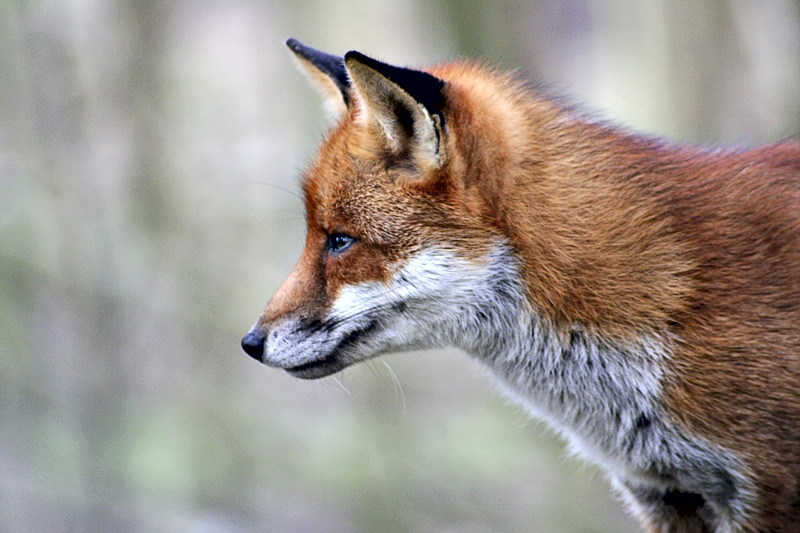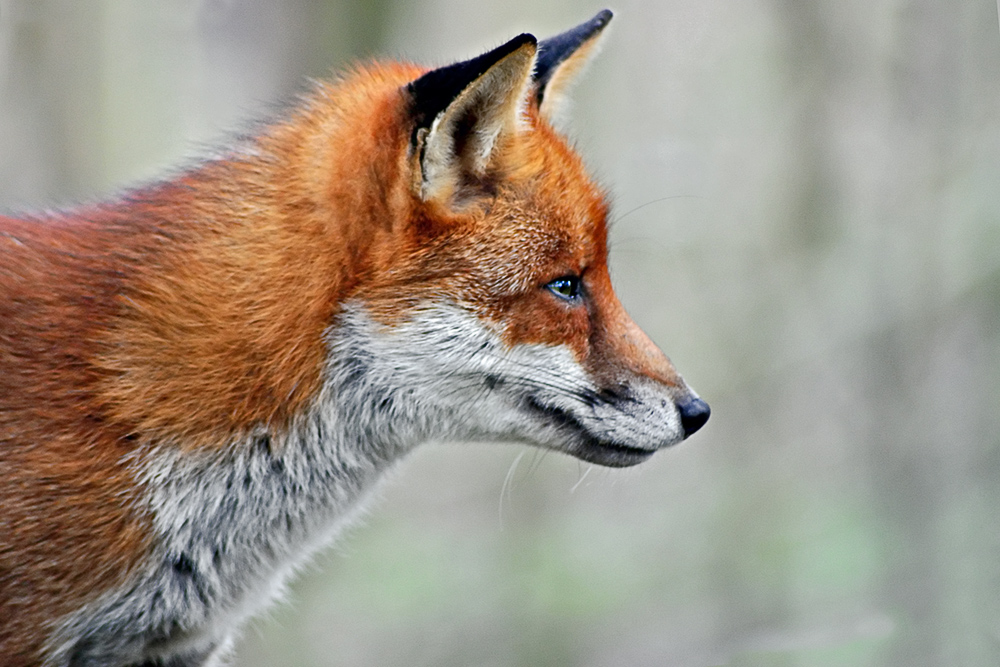Nigel Morton
New member
I was at Fornby point when I noticed this Red Fox.









Thanks Ray, I would be happy if anyone wanted to see if they could improve the images. Thanks for the suggestion.
Nige

I only applied my sharpness action plus a midtone open-up (1.2) to the all image.Very interesting Nicolas that what you did not only gave the fur definition and increased the 3-D effect of the fox but surprisingly that transformed the space in which the fox lives and breathes to feel much much larger. I have never seen this before. This is a very important new esthetic experience for me.
Did you select the Fox to do this?
The original picture was so short of space and you have cured this!
Asher

But Asher, your comments are amazing to me coming from him, for once I break the rules (oh! gently!)you send me back in my backyard! I thought "everything was allowed" when doing "art"?
Maybe I'd like to see this nice little red fox looking more friendly/close to me? that could be my interpretation of MY reality...
